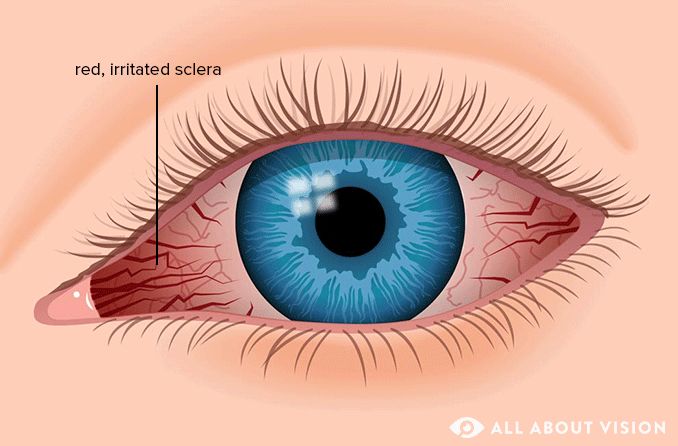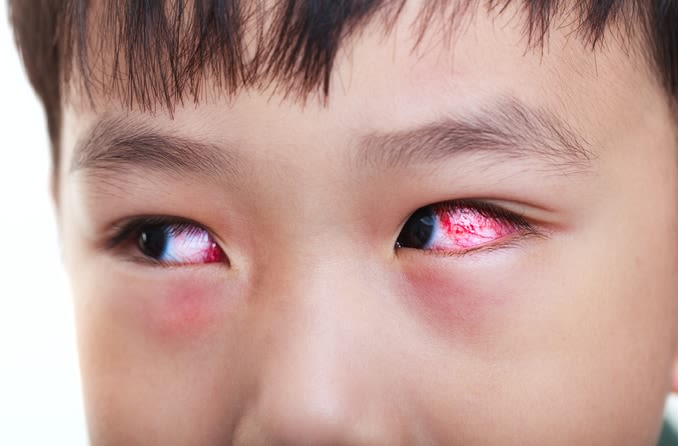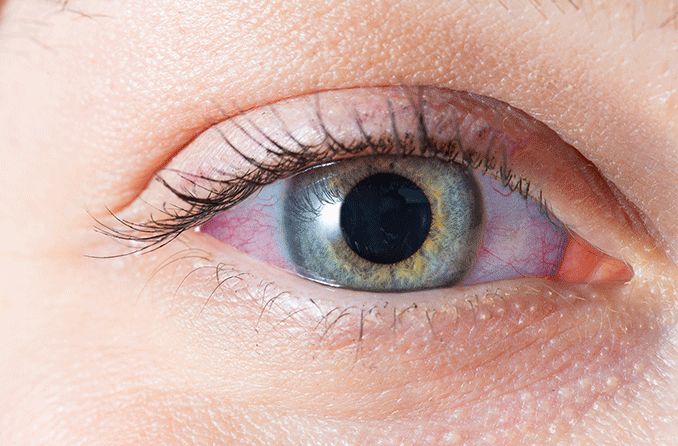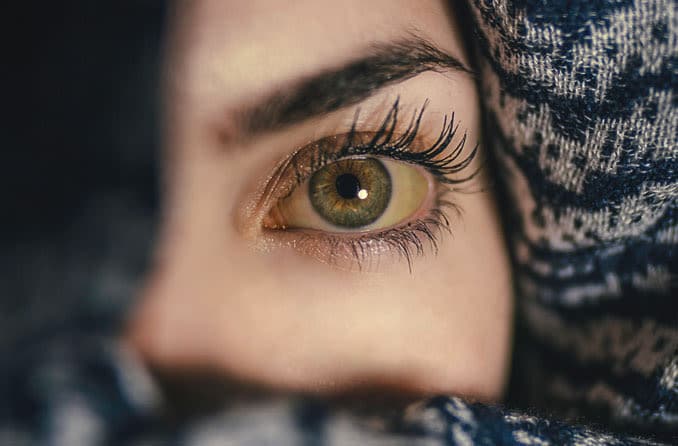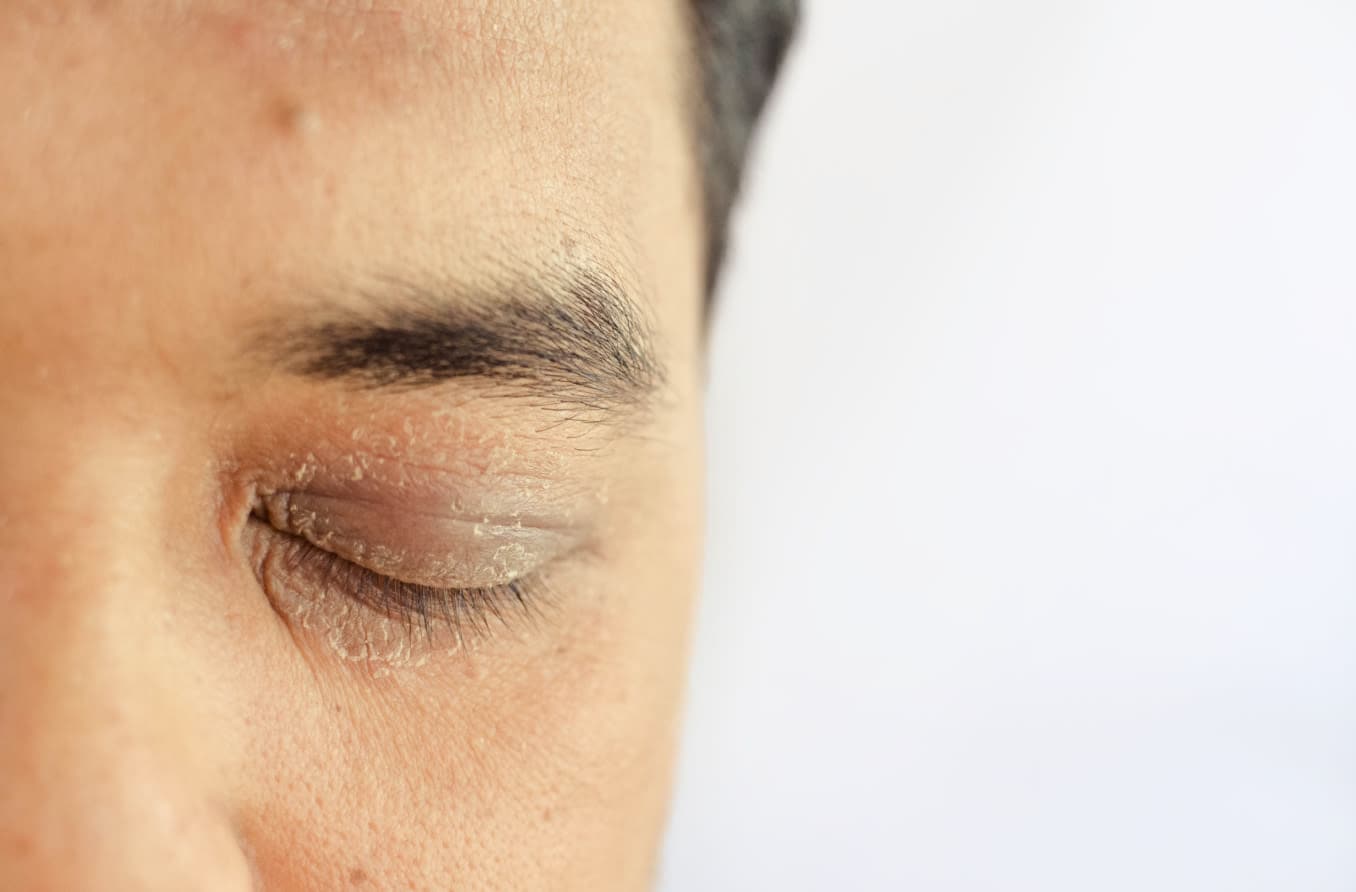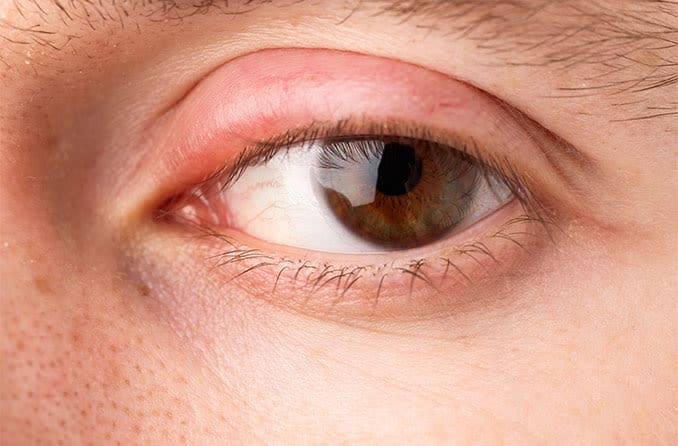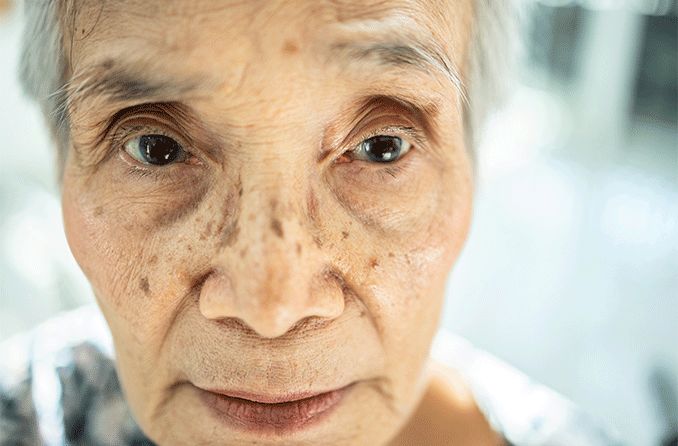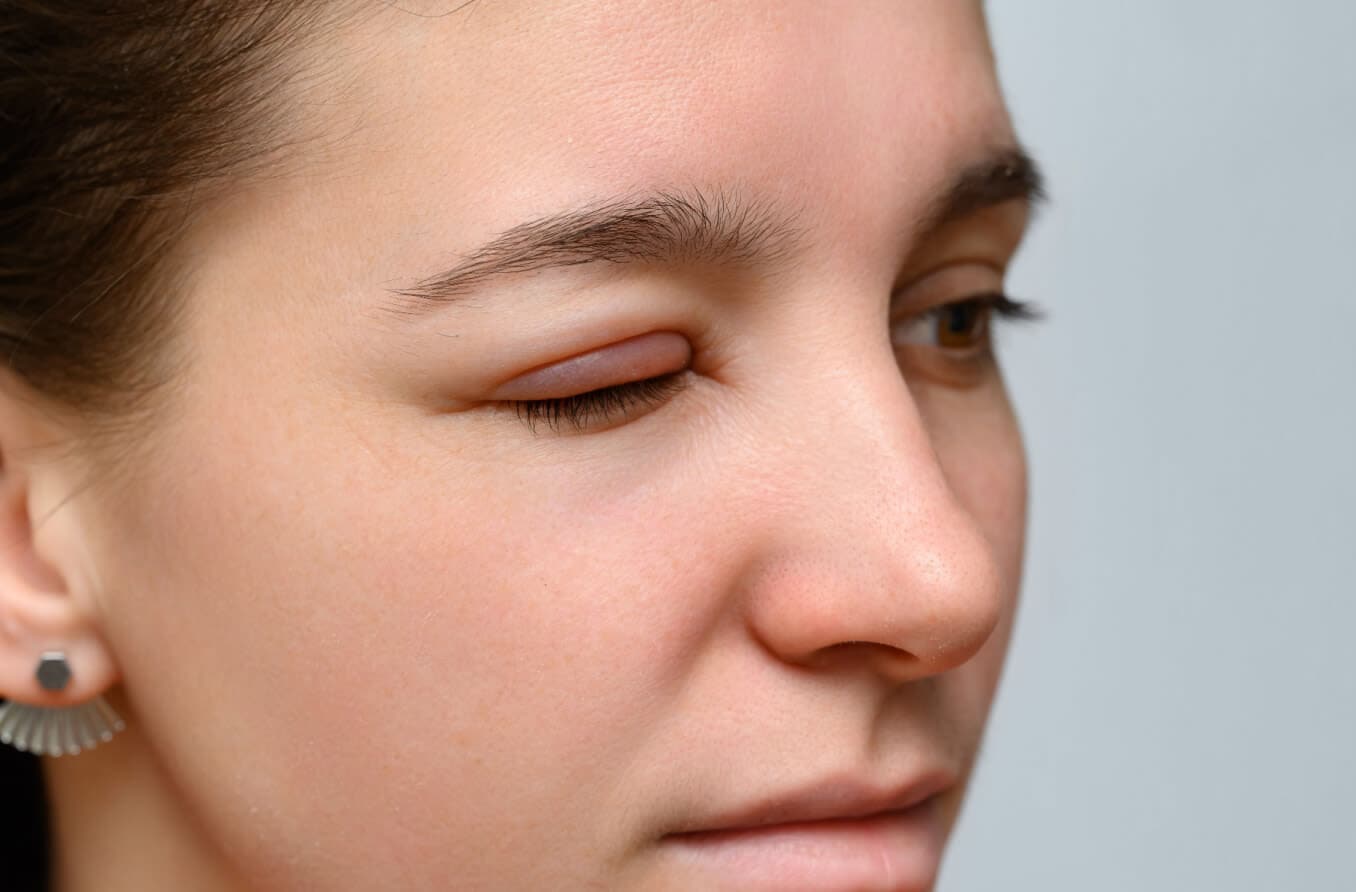What is periorbital edema?
Periorbital edema is swelling around one or both eyes. It is also referred to as periorbital puffiness. The tissue around the eyes looks puffy due to fluid buildup and inflammation. Most of the time, periorbital edema is not serious and is caused by poor sleep, poor diet or allergies. Sometimes, however, it can be due to a serious health condition, such as kidney disease or lupus.
What are the symptoms of periorbital edema?
Symptoms of periorbital swelling can include:
Inflammation around the eye
Blurred vision due to eye puffiness
Redness around the entire eye
Swelling of the tissue around the eye
Redness and inflammation in the white of the eye
Itchiness or pain
Other symptoms associated with periorbital edema depend on whether it is due to a systemic problem. Periorbital edema can be a symptom of kidney disease or an autoimmune disease like lupus, in which case, there will be symptoms associated with those conditions.
What causes periorbital edema?
Periorbital edema and puffiness around the eyes can have a wide range of causes, including lifestyle and diet choices and underlying health conditions:
Lifestyle
Mild puffiness around the eyes can be due to poor sleep, fluid retention related to a poor or high-salt diet, or drinking too much alcohol. Crying, especially long bouts of crying, can also cause mild swelling around the eyes. Aging can be a natural cause of mild periorbital edema.
Allergies
Periorbital edema can be due to allergies. When allergies are the trigger, the eye puffiness (called angioedema), is likely to affect both eyes and lead to itching and redness. The allergy can be to pollen, animal dander or any substance that is irritating to you.
The condition also can be caused by contact dermatitis, where the skin of the eye is exposed to allergens or substances that irritate it, such as insect venom, medications, makeup, fragrances or soaps.
Eye conditions
Painless swelling of just one eyelid may be due to a bump called a chalazion, which is a healed internal stye that is no longer infected.
Other common eye conditions that can lead to periorbital swelling are blepharitis (inflammation along the edges of the eyelids) and conjunctivitis (inflammation or infection of the conjunctiva).
Infections
Periorbital edema, along with pain, redness, warmth and tenderness, may be due to an infection, such as sinusitis, a dental infection, or a more serious eye infection of the eye socket called orbital cellulitis. This condition can lead to permanent vision loss and so needs to be diagnosed and treated rapidly.
Sinus infections can trigger periorbital edema. Usually, there will be fever, and one eye will be swollen. The Epstein-Barr virus, which causes mononucleosis, has also been linked to periorbital edema.
Another serious infection that can cause periorbital edema is cavernous sinus thrombosis. It is a complication of infections in the face, most commonly the sinuses and tonsils. Symptoms include swelling (usually in one eye), fever, headache, drooping eyelid and paralysis or weakness of the eye muscles.
Underlying conditions
Sometimes serious conditions can lead to periorbital edema. Many kidney diseases can cause fluid retention in the body and result in puffiness and swelling around the eyes.
An autoimmune disease called lupus erythematosus can cause many symptoms, including periorbital swelling. When the thyroid gland makes too much thyroid hormone (called hyperthyroidism or Graves’ disease), the eyes can bulge and swell. In rare cases, tumors in the eye can cause swelling.
How is periorbital edema diagnosed?
Though periorbital edema is a common problem, diagnosing the cause can sometimes challenge doctors. An ophthalmologist (a medical doctor who specializes in the eye and vision) should be consulted.
Your doctor will take a history and examine your eyes, noting whether the swelling is in one or both eyes and whether it is tender, warm, itchy or red. A bright lamp, called a slit lamp, will be used to examine the eyelid and eye. Your vision will be checked, as well as your temperature. Blood tests may be taken to check for conditions that can be associated with periorbital swelling. Rarely, your doctor may want to take a biopsy of your eye in case a tumor is suspected.
What are the treatments for periorbital edema?
If periorbital edema is due to diet, following a low-salt, healthy diet and drinking plenty of water can help. If it is due to allergies or irritation, placing a cold compress on the eyes can relieve the irritation. Antihistamines can help quiet allergies as well. Creams with corticosteroids that address inflammation may be prescribed. Antibiotics can treat an infection.
If the cause is an underlying condition, that condition will need to be treated. If the condition is outside your eye doctor’s area of expertise, they will refer you to a specialist.
When should I see an eye doctor?
If you notice that one or both eyes are swollen, contact an eye doctor for proper assessment and treatment. Most of the time, puffy eyes are usually only a temporary and minor problem that can be easily treated at home. But sometimes swelling of the eye can signal a serious condition that could affect your vision permanently if not treated, so it’s a good idea to set up an appointment just to be sure.

